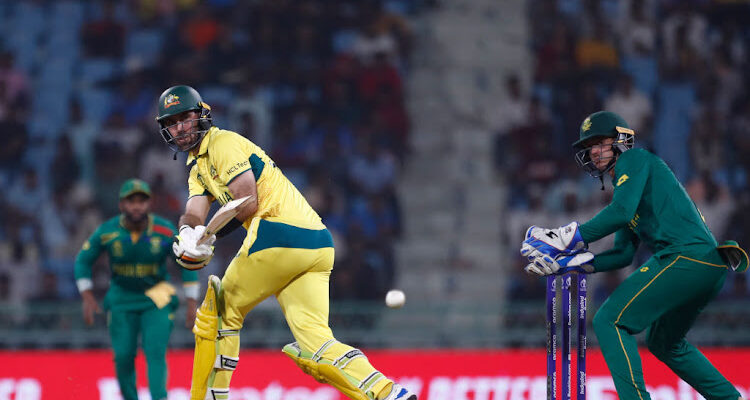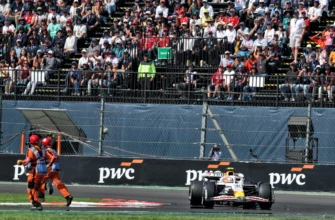Colombo, Sri Lanka – The R. Premadasa Stadium once again became the epicenter of cricketing drama as the ICC Women`s Cricket World Cup 2025 rolled into its ninth fixture. On one side stood the undisputed champions, Australia Women, draped in an aura of invincibility. On the other, Pakistan Women, a team desperately searching for a lifeline after a bruising start to their campaign. This wasn`t just another match; it was a narrative of stark contrasts, immense pressure, and the enduring hope for an upset.
Pakistan`s Precarious Predicament
For Pakistan, led by the determined Fatima Sana, the tournament thus far has been a harsh mistress. Two consecutive defeats – a seven-wicket loss to Bangladesh and an 88-run drubbing by arch-rivals India – have left their World Cup aspirations teetering on the brink. Their batting unit, despite glimpses of individual brilliance like Sidra Amin’s valiant 81 against India, has largely failed to fire collectively. As the adage goes, “you can’t cross the sea merely by standing and staring at the water,” and Pakistan`s batters seem to be doing a lot of staring. Their top order needs to anchor innings, and the middle order must convert flickers into flames.
Historically, the scales tilt heavily against them: a daunting 16-0 head-to-head ODI record in Australia’s favor, and only one win in their last 23 World Cup matches. The weight of history, combined with current form, painted a grim picture. Yet, the spirit of competition demands a fight, and with Eyman Fatima brought in for her power-hitting potential, Pakistan hoped for a much-needed spark.
Australia`s Unyielding Dominance
Australia, in contrast, arrived in Colombo with the swagger of champions. Alyssa Healy`s side had commenced their World Cup defense with a commanding victory over New Zealand, showcasing their incredible depth, even overcoming a brief batting wobble thanks to Ashleigh Gardner’s masterclass century. They are the sole team in the tournament so far to breach the 300-run mark, a testament to their aggressive and consistent batting prowess. Their rain-affected washout against Sri Lanka only briefly paused their relentless march.
With players like Phoebe Litchfield, Ellyse Perry, and Beth Mooney bolstering an already formidable lineup, Australia`s multi-faceted game makes them the team to beat, irrespective of conditions. Their strategic adaptability was also evident with Megan Schutt and Georgia Wareham returning to the XI, replacing Darcie Brown and Sophie Molineux, possibly anticipating the dry, spin-friendly conditions of the Colombo pitch. Healy herself expressed a calm readiness for any scenario, a luxury afforded by her team`s overwhelming confidence and unparalleled depth.
The Toss and Tactical Gambits
The toss, often a pivotal moment, added another layer to the unfolding drama. Pakistan skipper Fatima Sana won the toss and, perhaps wisely given the humid conditions and the expected turn later in the game, elected to bowl first. This decision placed immediate pressure on her bowlers, notably Diana Baig, who had shown flashes of brilliance with four wickets against India. The pitch report, highlighting a dry surface favoring batting initially but becoming spin-friendly, underscored the strategic gamble. “Dominate the first six overs to build scoreboard pressure,” was the advisory from the pitch analysts.
As the first ball was bowled, with Australia`s openers Alyssa Healy and Phoebe Litchfield stepping onto the crease, the early score of 5/0 after one over merely hinted at the monumental task ahead for Pakistan`s bowling unit. It was an opening salvo in a battle where one team sought to solidify its reign, and the other desperately sought to ignite a turnaround.
Beyond the Scorecard: A Clash of Narratives
This encounter was more than just a quest for two points. For Pakistan, it was a test of resilience, a chance to defy history, and a desperate plea to breathe life back into a faltering campaign. It was about proving their worth against the best, about finding those elusive “long partnerships” and collective bowling efforts. For Australia, it was an opportunity to reaffirm their status as the sport`s juggernaut, to potentially etch another record into the annals of women`s cricket, and to continue their seemingly inevitable march towards another World Cup title.
The stage was set in Colombo for a clash that, regardless of the outcome, promised to be a compelling chapter in the ICC Women`s Cricket World Cup 2025 – where the champions sought to extend their reign and the challengers yearned for a glorious escape.








